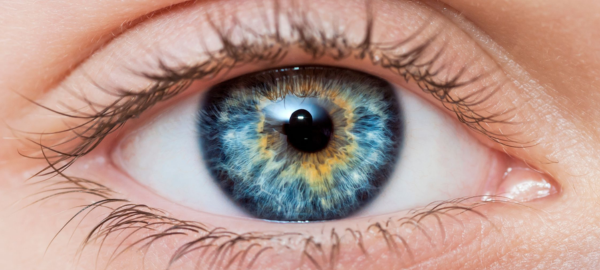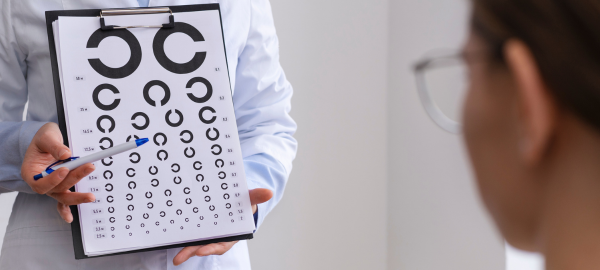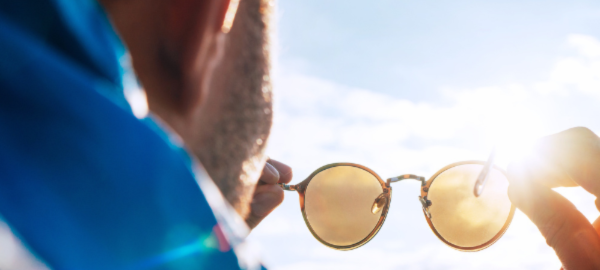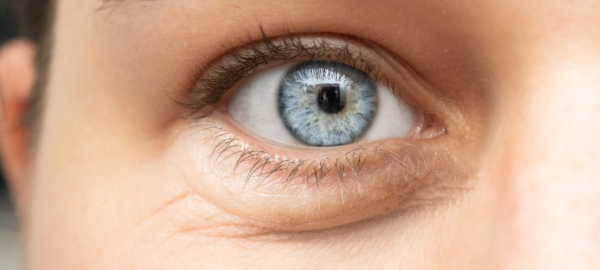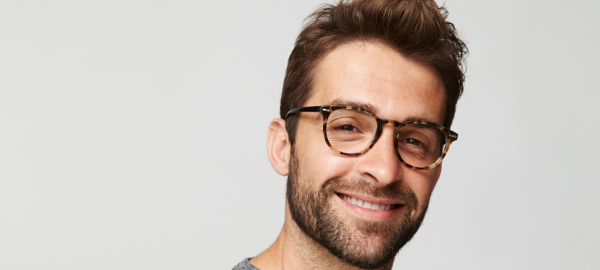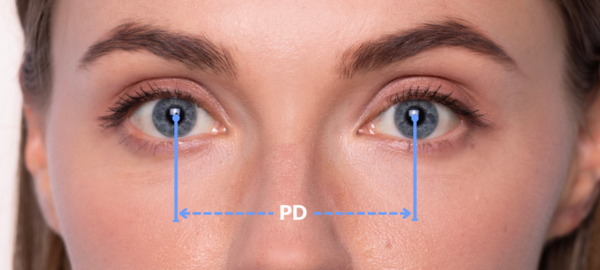Home
/
Home
/
UV filter lenses
By Isabella Sara Novack
Reviewed by
Maria Horan FBDO


Reviewed by
Maria Horan FBDOMaria holds a BSc Honours in Ophthalmic Dispensing and has over 17 years of optical experience.
Updated On Nov 01, 2024
UV filter lenses - Lenses that block ultraviolet (UV) rays from the sun, protecting your eyes from potential damage, such as cataracts and other eye conditions. UV filter lenses are particularly important for outdoor activities and are available in both prescription and non-prescription options.
Related articles
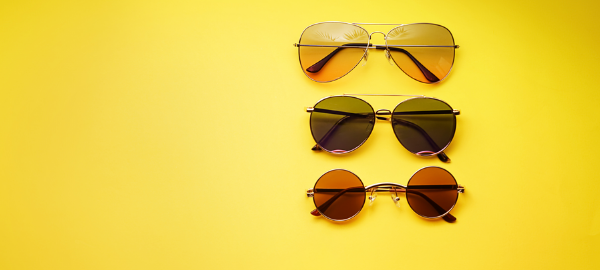
UV Protection Sunglasses – How Different Protection Categories Work
Many people use sunglasses as a fashion accessory to add a touch of sophistication to their style during the spring...
View more
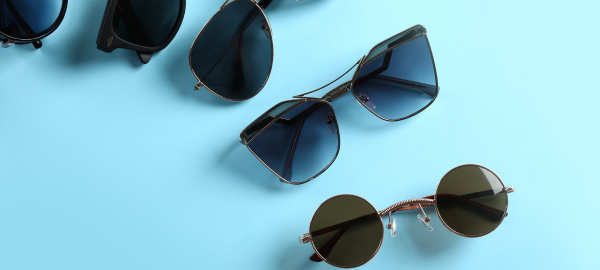
The Best UV Protection for Your Eyes
Good UV protection should always be a priority when buying sunglasses. Get to know and understand the different classes of...
View more
Related articles

UV Protection Sunglasses – How Different Protection Categories Work
Many people use sunglasses as a fashion accessory to add a touch of sophistication to their style during the spring...
View more

The Best UV Protection for Your Eyes
Good UV protection should always be a priority when buying sunglasses. Get to know and understand the different classes of...
View more











































